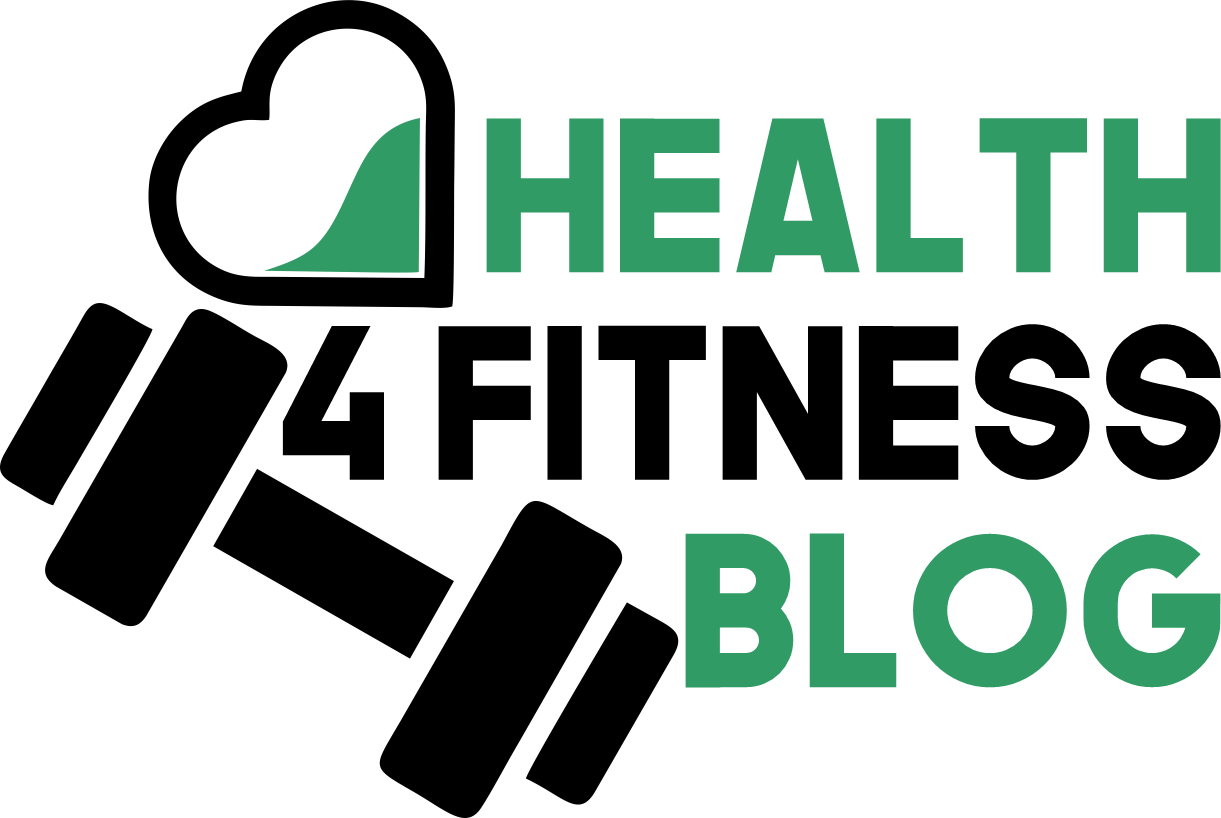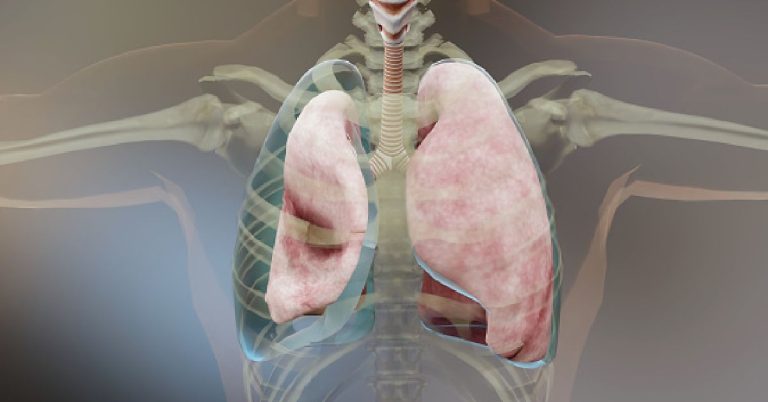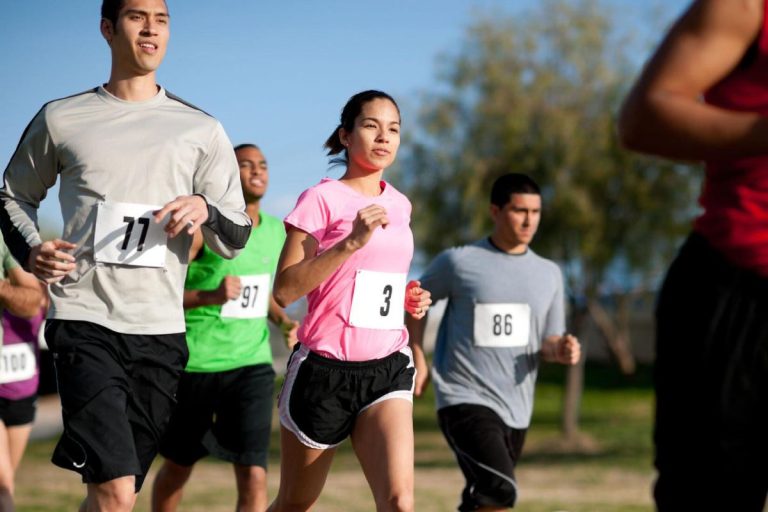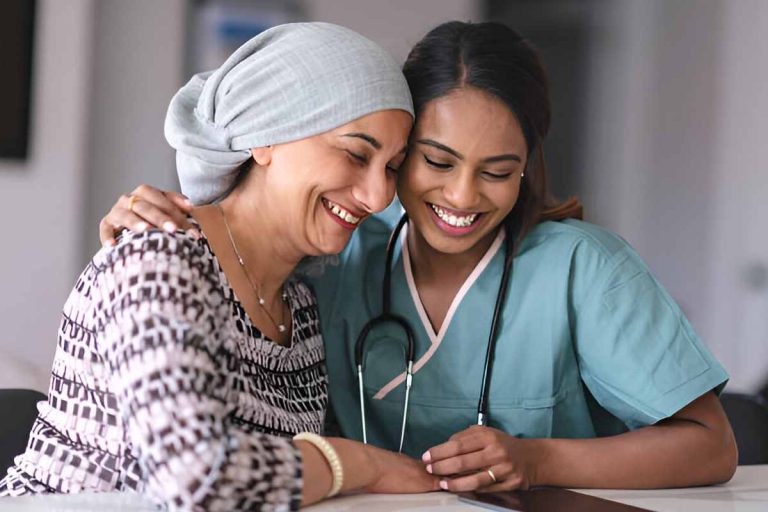Cannabidiol’s (CBD) versatility is what makes it so valuable as a cross-industry substance.
From novel foods to personal care products, the health-promoting benefits of CBD can be accessed in a variety of methods and forms.
The EU’s recent listing of CBD as a legal cosmetic ingredient has industry players re-evaluating the financial potential of the European CBD market, especially when it comes to beauty and skincare products.
But does CBD have a chance of capturing some of this trillion-dollar industry?
This article will walk you through the current state of CBD cosmetics and whether or not it is a valuable segment for distributors and manufacturers to invest in.
Current CBD Cosmetics Legislation in the EU
Despite the recent progress towards freer CBD legislation, current legal ambiguities continue to cloud the majority of the EU’s CBD market, especially as it relates to cosmetics.
CBD is one of the more versatile retail substances in terms of product type and method of administration. CBD oil, for instance, can be used to manage certain anxiety-related symptoms.
It can also be administered via droplets, capsules, or vapor. This type of adaptability is what has allowed CBD’s health benefits to translate to various industries and markets.
Unfortunately, it is this exact versatility that has bogged the industry with many legislative inconsistencies.
The CBD cosmetics industry, while separate from the regulatory oversight of the European Commission’s Novel Foods Catalogue, is subject to the laws and regulations of the EU and its participating countries.
The fundamental problem of a continental governing body like the European Commission is that its laws run in parallel to those of its member states.
France, for example, considered to have unrestricted CBDs legal status. The caveat is that this only applies to CBD isolate, a pure cannabidiol product that contains zero THC.
Similarly, France – and other EU nations – have tight restrictions on products that utilize the cannabis flower. Synthetic CBD, therefore, has risen as a popular loophole as a result.
This has created a legal grey area between what types of CBD formally allowed.
A legal grey area that was recently highlighted in the now infamous Kanavape case where the Court of Justice of the European Union (CJEU) ruled that cannabidiol was not a narcotic – and could be marketed as a novel good.
For a long time, CBDs cosmetics existed in this legal grey zone. But now, the EC may finally be providing a solution around this.
Financial Opportunity Presented by CBD Cosmetics
As of 4 February 2021, the European Commission updated its online database, CosIng, to include CBD ‘derived from extract or tincture or resin of cannabis.’
Unlike previous CBD legislative changes, this explicitly encourages the introduction of the substance into the CBD cosmetics market, which is an incredibly lucrative industry. The global cosmetics market currently valued at a whopping $463.5 billion.
Even if the CBD cosmetics market were to capture just a proportion of that value, that could offer a significant return on investment – especially for first-movers.
First-movers’ advantage cannot be understate when it comes to CBD’s growing market segments.
The combination of industry infancy and lack of competition makes it a particularly attractive opportunity for CBD entrepreneurs and investors.
Those that are looking to capitalize on this market will have to properly evaluate the legal landscape as it relates to CBD’s cosmetics, their target market, and their local regulations.
How to Transition into the CBD Cosmetics Market?
Entering a new market as a CBDs distributor can be extremely challenging, especially if you are the first one to enter a segment.
The best way to transition your operations and business to the cosmetics industry is by adopting a strong legal team and high-quality CBD suppliers.
If the legal landscape wasn’t difficult enough already, the recent wave of updates and changes to CBD policy makes it that much more complicated.
Taking into consideration the number of businesses that have had production halted and commodities seized based on legal ambiguity, it isn’t an exaggeration to say that legal council is imperative to the success of a CBD distributor.
Many CBD cosmetic wholesalers will even require a certificate of analysis to prove the legitimacy of one’s operation and the quality and standards of CBD oil.
A reliable CBD manufacturer is integral to a distributor’s operational success. They can provide quality assurance, legal navigation, and certification to support any CBD cosmetics wholesale shipment.
The strength of a CBD’s supply chain isn’t integral to just the CBD cosmetics market. It impacts the cost-efficiency, flexibility, and resistance to the uncertainty that every post-pandemic cannabidiol business requires.
If one is looking to take advantage of an emerging market like CBD cosmetics, they will need superior supply management solutions and an equally impressive CBD whole manufacturer.
Author: Philipp Fuhrmann
Mr. Fuhrmann has extensive experience in international compliance, international business development, and navigating legislative frameworks in the Hemp and Marijuana industry.
He is currently the President and CEO of CanX CBD Processing Corporation, a wholesale manufacturer of premium CBD.
Mr. Fuhrmann also has a background in corporate structuring and has raised funds for a variety of projects ranging from technology to medicinal marijuana, hemp, and CBD.









